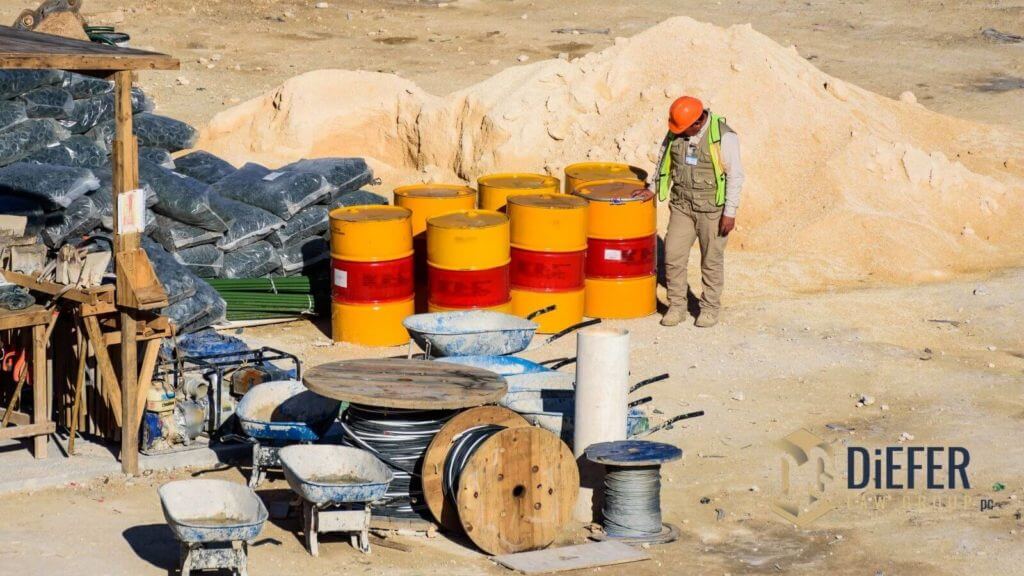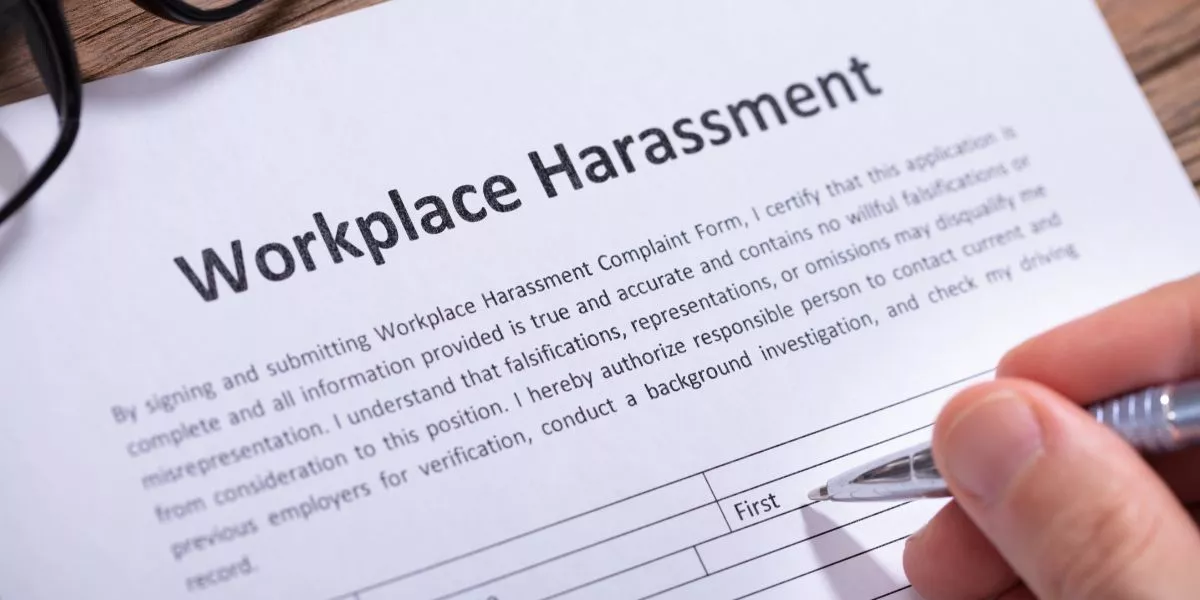
Occupational injuries happen in all industries. As a result, more and more employers in California recognize the benefits of involving workers in hazard identification. Does your employer involve workers in maintaining a safe work environment?
Too many preventable accidents happen due to a lack of communication between employers, supervisors and employees. Sharing the responsibility for identifying potential workplace hazards has numerous benefits for all the involved parties.
Why does it make sense?
Essentially, the more people focused on safety, the better the chances of preventing work-related accidents. Therefore, your employer must understand that you and your co-workers deal with mitigating hazards on the job site and are more likely to identify dangers than anyone else in the company.
If your employer involves you in hazard identification and encourages engagement, the safety culture will become positive. When everybody shares safety management, you and your co-workers will not hesitate to report potential accidents or near-miss incidents. Such safety awareness will prevent workers from taking risks and limit the number of occupational injuries.
Judging effectiveness of safety controls
Your employer might come to understand that workers on site are also the best ones to judge and validate the safety measures put in place to mitigate hazards. As a part of the shared safety responsibilities, your employer must seek your feedback on the effectiveness of implemented hazard controls. If they do not mitigate the risk, further efforts might be necessary.
The bottom line
If you and your co-workers play essential roles in your own safety, it will raise safety awareness and prove that management values your input. In addition, it will boost employee morale, production levels and, ultimately, the bottom line. At the same time, it will eliminate medical expenses, increased insurance premiums and missed production deadlines.
What about unidentified hazards?
Unfortunately, there will always be the risk of occupational hazards that cause injuries before the injury is identifiable. However, if you suffer a work-related injury, you will likely have the right to benefits. The California workers’ compensation insurance program is a no-fault system covering medical expenses and temporary disability compensation for lost wages regardless of who caused your injuries.
If your injuries cause permanent disability, you might receive additional benefits, such as occupational rehabilitation. It will teach you new skills to help you move on with your life in a different occupation. However, you must report the injury to your employers as soon as possible to avoid missing the deadline for filing workers’ compensation benefits claims.







